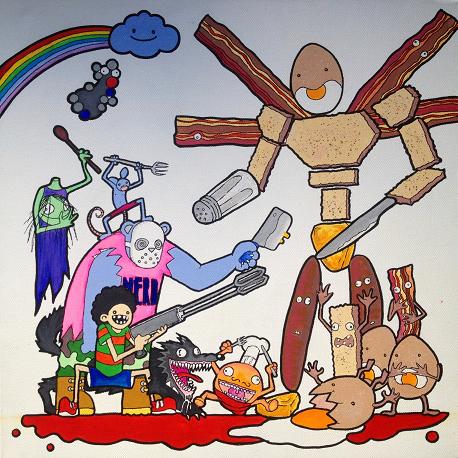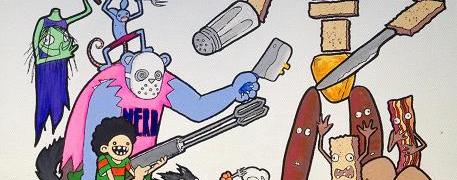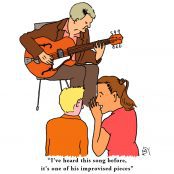[dropcap style=”font-size:100px; color:#992211;”]T[/dropcap]he numbers game. An algorithm for every occasion. Human foibles crunched down to hard data.
Infallible.
Yep. And the number-men told Kennedy to back down from Cuba. The machines want us dead.
Would you believe that a broad range of human struggles can be understood by using a mathematical formula? From child-parent struggles to cyber-attacks and civil unrest, they can all be explained with a simple mathematical expression called a “power-law.”
In a sort of unified theory of human conflict, scientists have found a way to mathematically describe the severity and timing of human confrontations that affect us personally and as a society.
For example, the manner in which a baby’s cries escalate against its parent is comparable to the way riots in Poland escalated in the lead-up to the collapse of the Soviet Union. It comes down to the fact that the perpetrator in both cases (e.g. baby, rioters) adapts quickly enough to escalate its attacks against the larger, but more sluggish entity (e.g. parent, government), who is unable, or unwilling, to respond quickly enough to satisfy the perpetrator, according to a new study published in Nature’s Scientific Reports. 
“By picking out a specific baby (and parent), and studying what actions of the parent make the child escalate or de-escalate its cries, we can understand better how to counteract cyber-attacks against a particular sector of U.S. cyber infrastructure, or how an outbreak of civil unrest in a given location (e.g. Syria) will play out, following particular government interventions,” says Neil Johnson, professor of physics and the head of the interdisciplinary research group in Complexity, at the College of Arts and Sciences at the University of Miami (UM) and corresponding author of the study.
Respectively, the study finds some remarkable similarities between seemingly disconnected confrontations. For instance:
The escalation of violent attacks in Magdalena, Colombia — though completely cut off from the rest of the world — is actually representative of all modern wars. Meanwhile, the conflict in Sierra Leone, Africa, has exactly the same dynamics as the narco-guerilla war in Antioquia, Colombia.
The pattern of attacks by predatory traders against General Electric (GE) stock is equivalent to the pattern of cyber-attacks against the U.S. hi-tech electronics sector by foreign groups, which in turn mimics specific infants and parents.
New insight into the controversial ‘Bloody Sunday’ attack by the British security forces, against civilians, on January 30,1972, reveals that Bloody Sunday appears to be the culmination of escalating Provisional Irish Republican Army attacks, not their trigger, hence raising new questions about its strategic importance.
The findings show that this mathematical formula of the form AB-C is a valuable tool that can be applied to make quantitative predictions concerning future attacks in a given confrontation. It can also be used to create an intervention strategy against the perpetrators and, more broadly, as a quantitative starting point for cross-disciplinary theorizing about human aggression, at the individual and group level, in both real and online worlds.
Source: University of Miami
Illustration by Dan Booth (not to be reproduced without the illustrator’s prior permission)

Some of the news that we find inspiring, diverting, wrong or so very right.





















